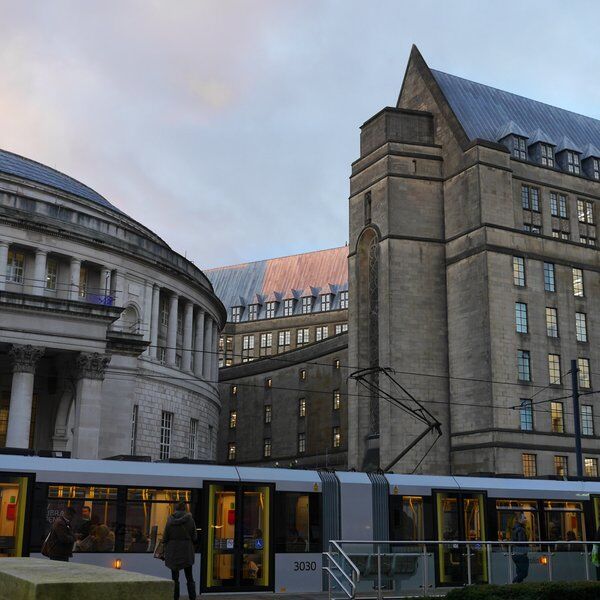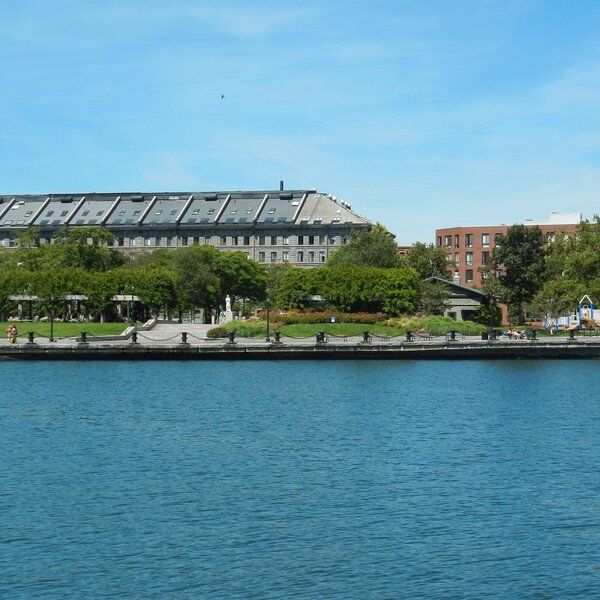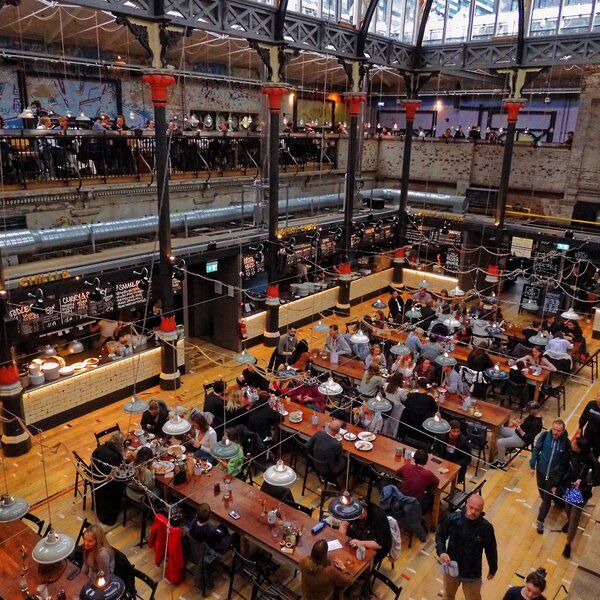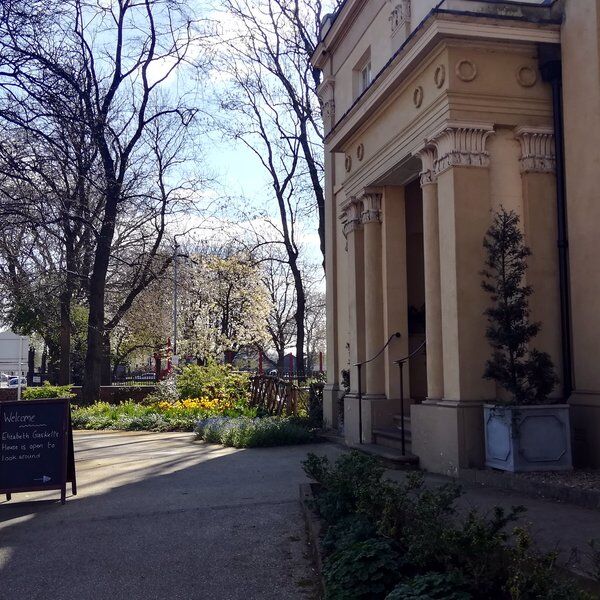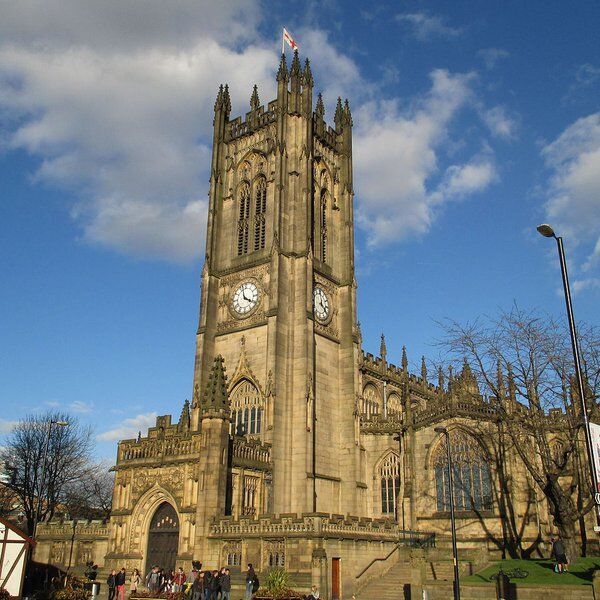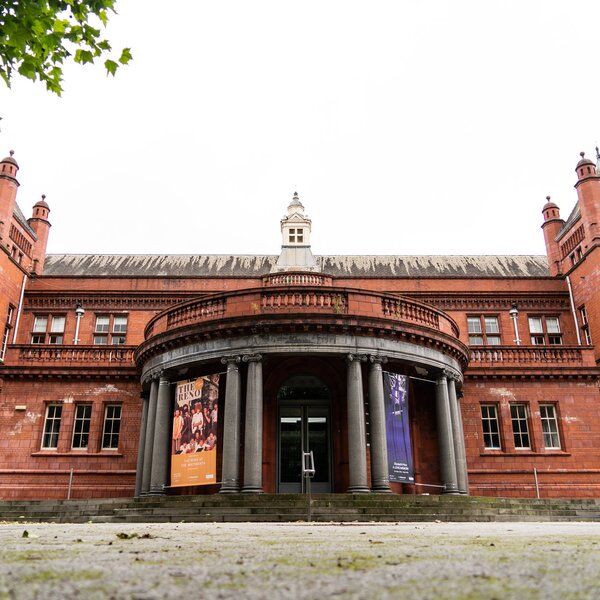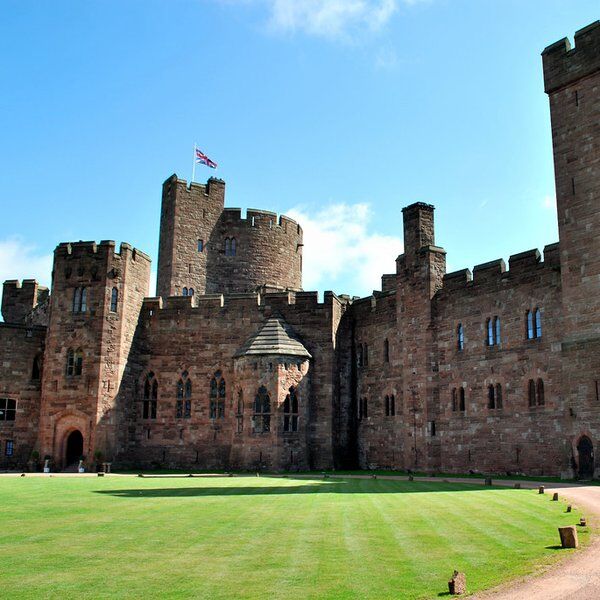
What Is Peckforton Castle?
A grade I listed red sandstone castle situated near Cheshire, Peckforton Castle was built between 1844-50 for a cost of £60,000. That might not sound like much, but in today's money it would be worth approximately £1.77 million.
The building has served many purposes throughout its history. In WW2 it was a hospital for physically disabled evacuees. In the 1970s-80s it was used as a filming location for the likes of Doctor Who and Robin Hood. From 1982-6 it hosted 'Treasure Trap', one of the earliest live action role playing games. It is now a hotel and event space. Its most intriguing role however is that which it was built to serve: a family home.

The Origins Of Peckforton Castle
The castle was built by the demand of Baron John Tollemache, a wealthy Cheshire landowner and MP. He hired a renowned architect and a building firm to make it for him. A railway was to put in place to fetch stone from a nearby quarry; a number of years and a huge amount of money was spent, but in the end Tollemache got he wanted: an impregnable fortress to use as his family home.
Why he wanted this however is less clear. Was he eccentric or mad? Did he think this the best way to shelter his kin from the harsh Cheshire weather? Was he simply a show-off, eager to broadcast his wealth with a Sham Castle more elaborate than that found in Bath? Was he the 19th century equivalent of a doomsday prepper? Or did he have more tangible reasons to seek the protection of fortified walls?
It is to this day unclear what his true motivations were, but there are reasons to believe he might have been trying to shield his family from a potential uprising.
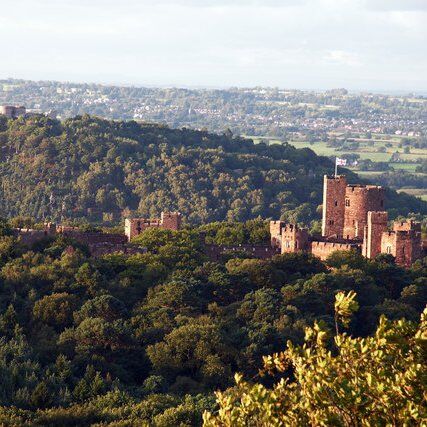
A Manchester Uprising?
25 years before construction began on Peckforton Castle, Manchester witnessed the Peterloo Massacre. Here, a crowd of 60,000 protesters, having gathered to demand parliamentary reform, were charged down by cavalry. 15 were killed.
'Downright murder,' one man called it, comparing it disfavourably to the battle of Waterloo. He had been present at both.
Immediately after, the government started cracking down on public displays of discontent. Newspapers and magazines were censored. Journalists found guilty of publishing seditious content were thrown in prison. For a few weeks full-scale revolution seemed possible.
Soon however things settled down. Reform was slow to come but some of the protesters' demands were eventually met in the 1830s. This being said, tensions remained high into the following decade.
One effect of the industrial revolution was to concentrate large numbers of working class people in urban areas. Here, they worked long hours, lived in often squalid conditions and saw little reward for their labours. Grievances were not hard to come by and dissent was quick to spread.
1842 saw miners, factory workers and mill workers from Staffordshire, Lancashire, Yorkshire and beyond rally behind a general strike. There was a riot in Preston where four men were shot, and another in Halifax that saw a further six killed.
Given all this it is not implausible that Tollemache might have had Peckforton Castle built out of fear of civil uprising. He was one of Cheshire's wealthiest men and an MP to boot. He could have tried to effect change for better, to improve the conditions working class people lived and laboured in, but for him it was much easier to pay someone to make a fortress and let that be the end of it.
This is mostly specualtion and it remains likely that Peckforton Castle was simply a status symbol after all. Either way, Tollemache cared little for the plight of the working classes. He was either willing to squander his time and wealth on a pointless castle rather than using it to try to effect some change for the better, or he thought the castle might actually be useful, i.e. he thought working people might be about to rise up and, rather than address their concerns, wanted a place to hide in case they did.

Interested in finding more places like this? Try one of our Secret City Manchester Treasure Hunts - untangle cryptic clues as a team, as you are taken on a journey to the most unique, unusual and bizarre corners of Manchester.
Want to learn more about castles in the UK and beyond? Check out our articles on York Castle, Edinburgh's Lauriston Castle and Dublin's Drimnagh Castle.




